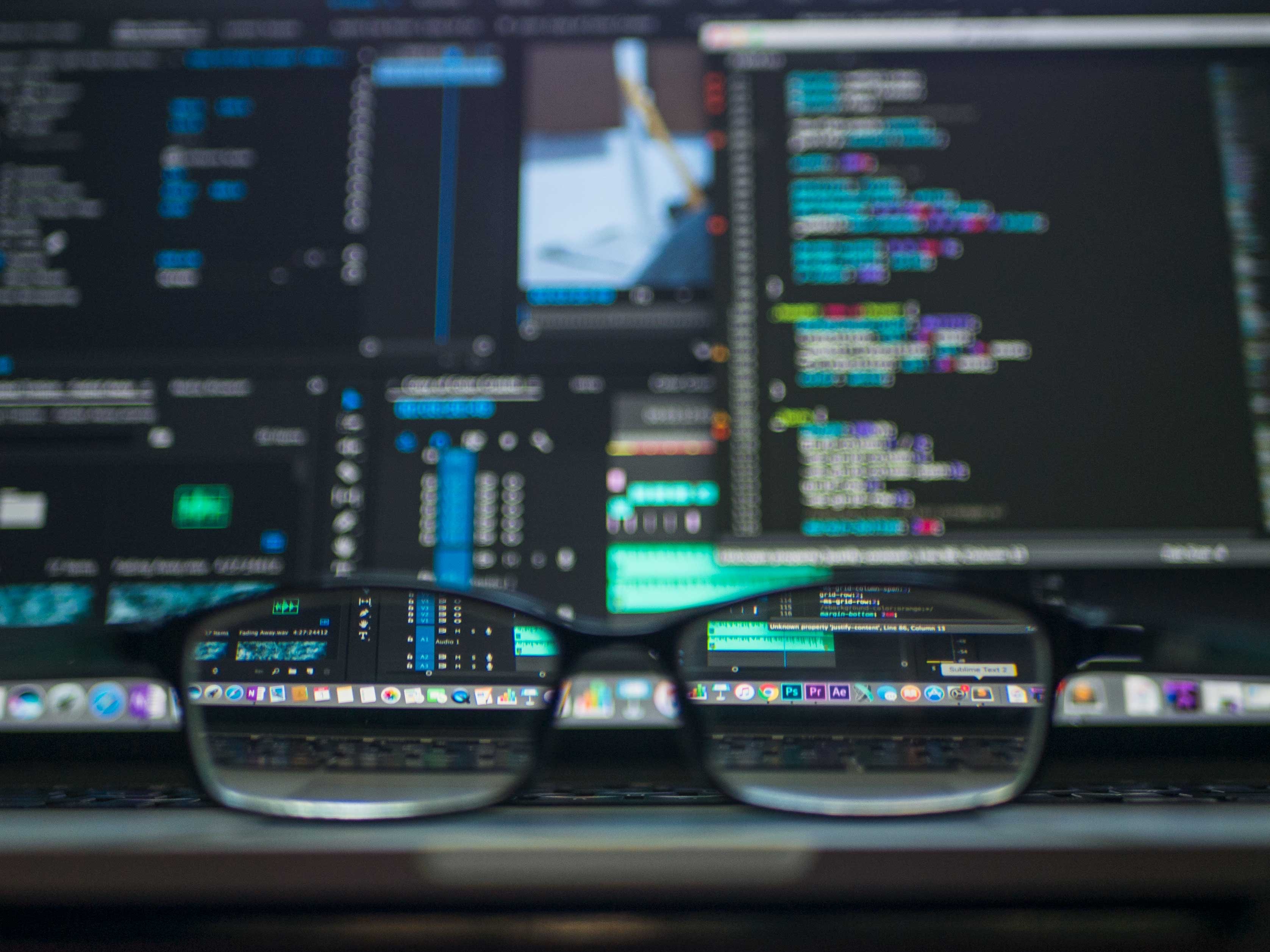Since the SARS outbreak, advances in analytics and technology have supplied us with powerful tools that can help identify and contain viruses like COVID-19. But even the best tech and data have their limitations.
Paul Dempsey writes for Engineering & Technology:
Technology is not immediate. There is a tendency to believe that the recent rapid advances in processing power, algorithmic development, machine learning and artificial intelligence can now deliver almost instant answers to everything. The digital landscape has changed massively since the SARS outbreak in 2003. But while we may be able to do things more efficiently, some things still take time and that is particularly true of a virus. There is no ‘one size fits all’ here and, indeed, there are real dangers in believing that one analytical strategy and its particular use can be applied universally.
Second, as viruses spread and evolve, so do the data sets around them. We are not dealing with a situation of simple ‘garbage in, garbage out’ but rather one where new information is emerging daily (and there is the further complication that there were delays in early reporting of the outbreak). That means that the results even the wisest medical experts can produce are also going to change. Also, as you might imagine, their methodologies vary.
Third, a lot of data is being placed into the digital sphere, across social media, specialist sites and elsewhere. Here, the comparison with 17 years ago is especially profound. But the intentions behind various postings are many. Anyone might be able to access the data via a web browser – and its free availability is laudable – but its intended audiences can be very different. In some cases, experts are looking to inform the public but in others they are looking to contribute to and stimulate the debate taking place among themselves. These goals are laudable and necessary, but they do not always coexist harmoniously.



